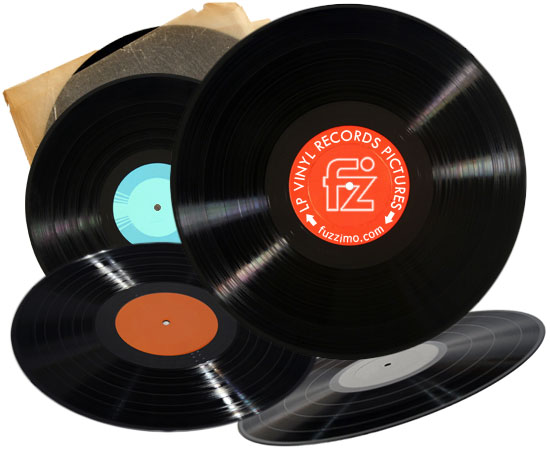Library of Congress Classification OR How Many Catalogers Does It Take To Change A Light Bulb?
 Stuff happens, and then accumulates. Of course it’s important stuff that you’ll want to use again, else you wouldn’t keep it, right? As long as it’s just a little stuff you can let it lie around randomly and just remember where everything is. Of course, your mother or significant other or even a helpful friend may foul everything up by putting your stuff where it belongs, but otherwise the system works well enough.
Stuff happens, and then accumulates. Of course it’s important stuff that you’ll want to use again, else you wouldn’t keep it, right? As long as it’s just a little stuff you can let it lie around randomly and just remember where everything is. Of course, your mother or significant other or even a helpful friend may foul everything up by putting your stuff where it belongs, but otherwise the system works well enough.
But eventually there is just too much stuff to remember. Since you still can‘t buy a few extra gigabytes of gray matter, your brain eventually runs out of memory. Then you have to listen to what everybody says and put your stuff where it belongs.
And how do you know where your stuff belongs? That’s classification.
 There are many ways of classifying stuff. Say you have a music collection that’s getting out of hand. You may want to arrange it by artist, and keep Dusty Springfield next to Bruce Springsteen. Or you may want to arrange it by type of music, putting jazz in one corner of the room, country in another, garage bands in the garage, and classical music up in the attic. Either system is fine, as long as it serves the purpose of enabling you to find stuff effectively.
There are many ways of classifying stuff. Say you have a music collection that’s getting out of hand. You may want to arrange it by artist, and keep Dusty Springfield next to Bruce Springsteen. Or you may want to arrange it by type of music, putting jazz in one corner of the room, country in another, garage bands in the garage, and classical music up in the attic. Either system is fine, as long as it serves the purpose of enabling you to find stuff effectively.
The University of Detroit Mercy Libraries use a classification system devised by the Library of Congress (LC). It arranges stuff by subject, and uses a combination of letters and numbers to bring materials together in a logical sequence.
Each piece of stuff is given a Call Number, which is basically like a street address where the material lives on the shelf. All the stuff on a given subject lives on the same street, or else on the next block over. (In real life, this would be like having all movie Tarzans living at Hollywood & Vine.)
Here is a call number, based on the LC Classification System, for William James’ book, The Varieties of Religious Experience:
BR 110 .J3 1929
The first thing to remember is that the letters “BR” have no intrinsic or mnemonic meaning, but simply indicate an area within the system. Here’s a quick summary of what comes under the letter “B” in the LC system:
B-BD= Philosophy BF= Psychology BH= Aesthetics BJ= Ethics
BL-BP Religions (general, non-Christian) BR-BX Christianity
Within each area, the subjects generally move from general to specific. BR indicates material relating to general aspects of Christianity. The second element, 110, has been assigned for the more specific subject, “Psychology of religious experience, conversion, etc.” Again, the number “110” has no special significance; it only serves to arrange material in the desired order.
The .J3, as you probably guessed, relates to the author’s last name “James”, and serves as sub-arrangement. “1929” is the year of publication, important when there is more than one edition of the work.
To find material on the shelf using a call number go one element at a time. First find the “BR” section, then follow the numbers as they increase from 1 to 110, then look for the J’s. As you do this, you’ll discover the wonderful world of browsing.
Nobody wants to spend all day toiling over a hot electronic device searching for stuff in a catalog. A subject-based classification system allows you the opportunity to find related material on the shelf without having to search for it. For example, on the same block as the James book, you’ll find:
Psychology and mystical experience BR 110 .H6
The logic of the spirit: human development in theological perspective BR 110 .L615 1998
Religious pathology and Christian faith BR 110 .L62
The complete LC Classification System is very complex and detailed, running into the tens of thousands of pages. You don’t need to understand the complexities to use it effectively, but there are a few questions that may pop up in future blogs. For instance, why put a book on psychology and religion in the religion section (BR) rather than the psychology section (BF)? Sort of like deciding in which room to put eclectic music.
But I will let you in on a dirty little secret: most catalogers don’t do a lot of classification from scratch. It‘s simply too complicated and time-consuming to do everything. Instead, they use information supplied by the Library of Congress and other major cataloging agencies, adapting them to local conditions as necessary. If you’ve ever used the WorldCat database, that’s where most of our cataloging information comes from.
![]() So now you know how many catalogers it takes to change a light bulb. Only one. But they have to wait and see how LC did it.
So now you know how many catalogers it takes to change a light bulb. Only one. But they have to wait and see how LC did it.
David Moody, Associate Librarian
